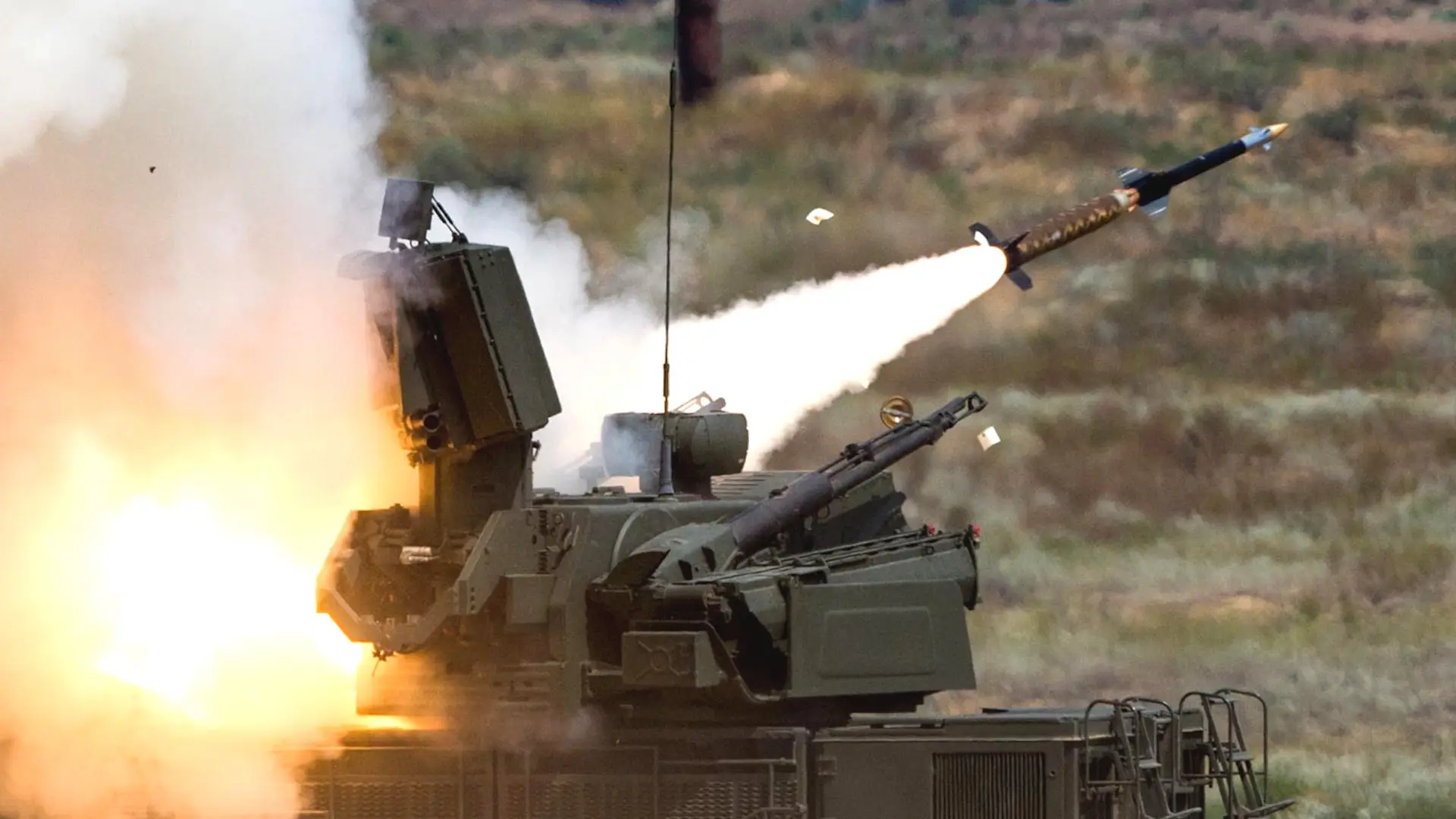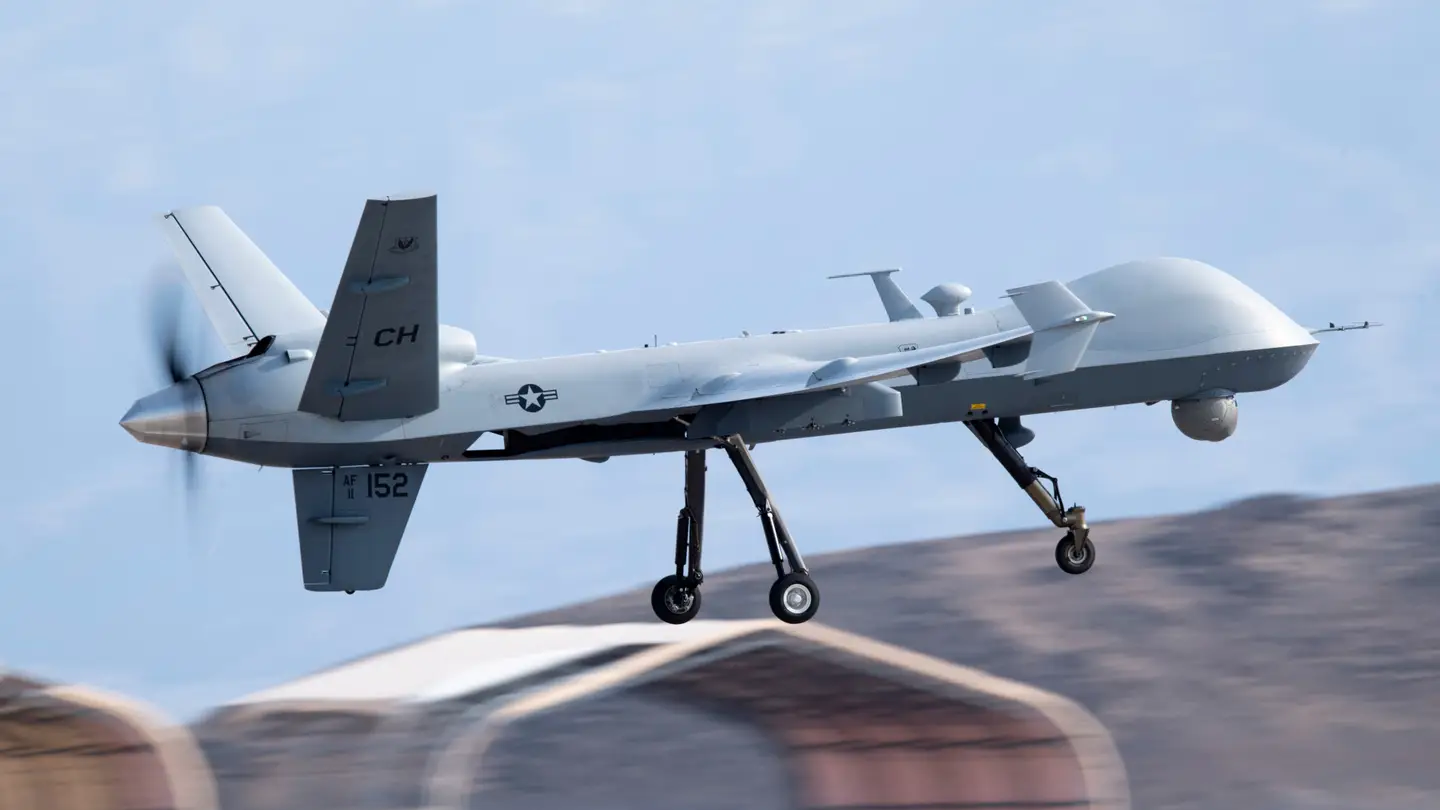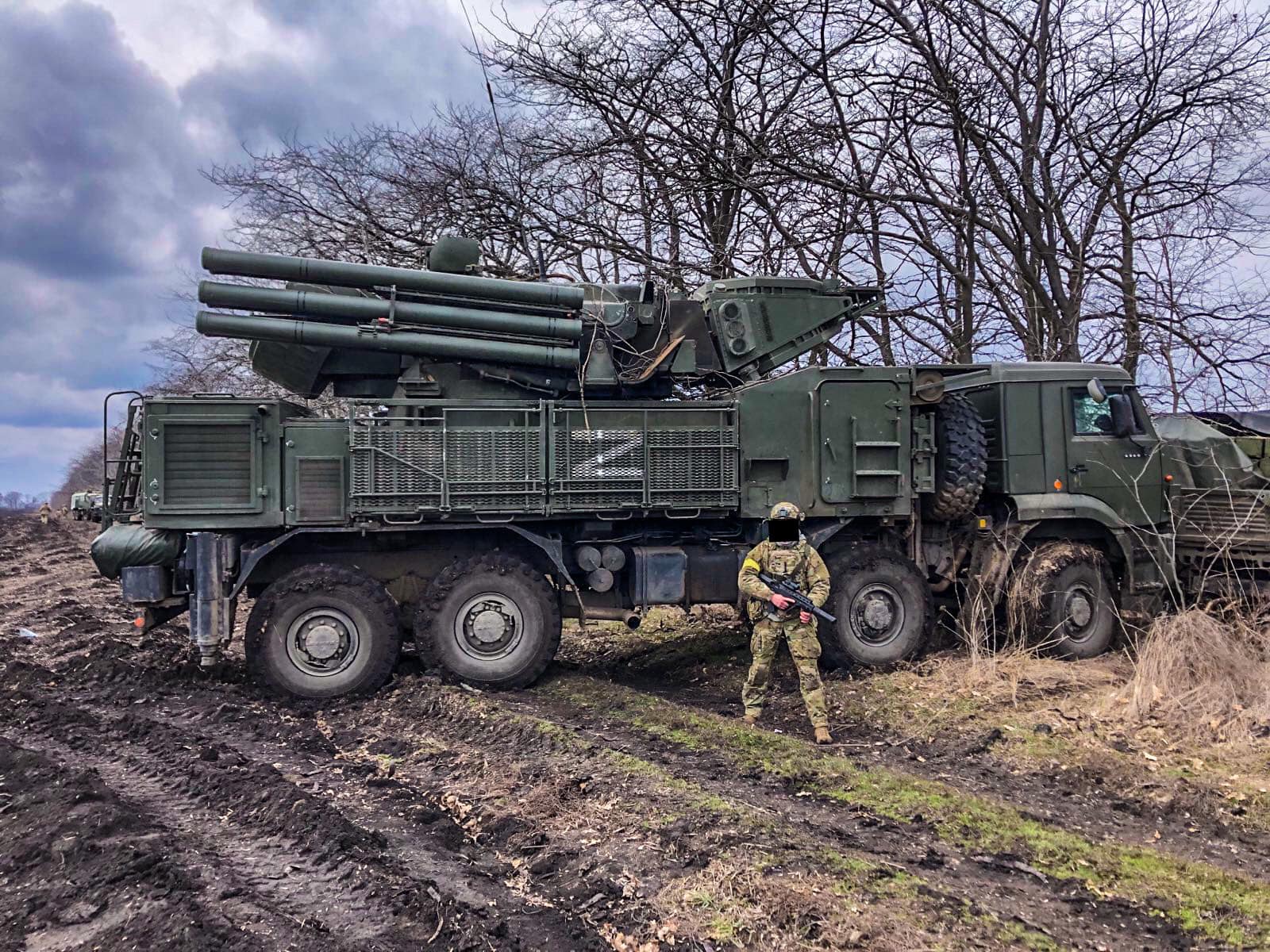Russia's Pantsir-S1 SAM system fired a missile at the US MQ-9 Reaper drone, but missed

In November last year, a Russian Pantsir-S1 surface-to-air missile system (NATO's SA-22 Greyhound) attempted to shoot down an American MQ-9 Reaper unmanned aerial vehicle. The incident took place in Syria.
Here's What We Know
The attempt to shoot down the MQ-9 Reaper was reported by The Washington Post, whose journalists reviewed secret US intelligence documents leaked to the internet. A US official said on condition of anonymity that the missile missed. US Central Command (CENTCOM) confirmed the information.

Details on the exact circumstances of the November 27, 2022 incident remain limited. There is no information at this time on whether the MQ-9 Reaper was intentionally attacked by Russian forces. There is also no report on whether the operators of Pantsir-S1 were aware that a US drone was in their sights.
The documents say the anti-aircraft missile system was in Kamashili airfield in northeastern Syria at the time of the attack. Russian forces have been active in the area for several years.

In conclusion, we would like to add that the Pantsir-S1 is a relatively new air defence system. The system came into service of the Russian army in 2008. It is designed to provide close cover for civilian and military objects.
The anti-aircraft gun and missile system can destroy air threats up to 20 km in range and up to 15 km in height. The maximum permissible target velocity is 1km/s. In addition to the missile armament, the Pantsir-S1 has a 30 mm antiaircraft machine gun with an effective range of 4 km.

The Russian army is actively using the Pantsir-S1 in the war against Ukraine. According to the Ukrainian Defence Ministry, thanks to the ICEYE satellite, as of March 2023, it managed to destroy 12 anti-aircraft gun and missile systems. The Armed Forces also managed to capture several units of Pantsir-S1. You can see one of the captured systems in the photo above.
Source: The Washington Post